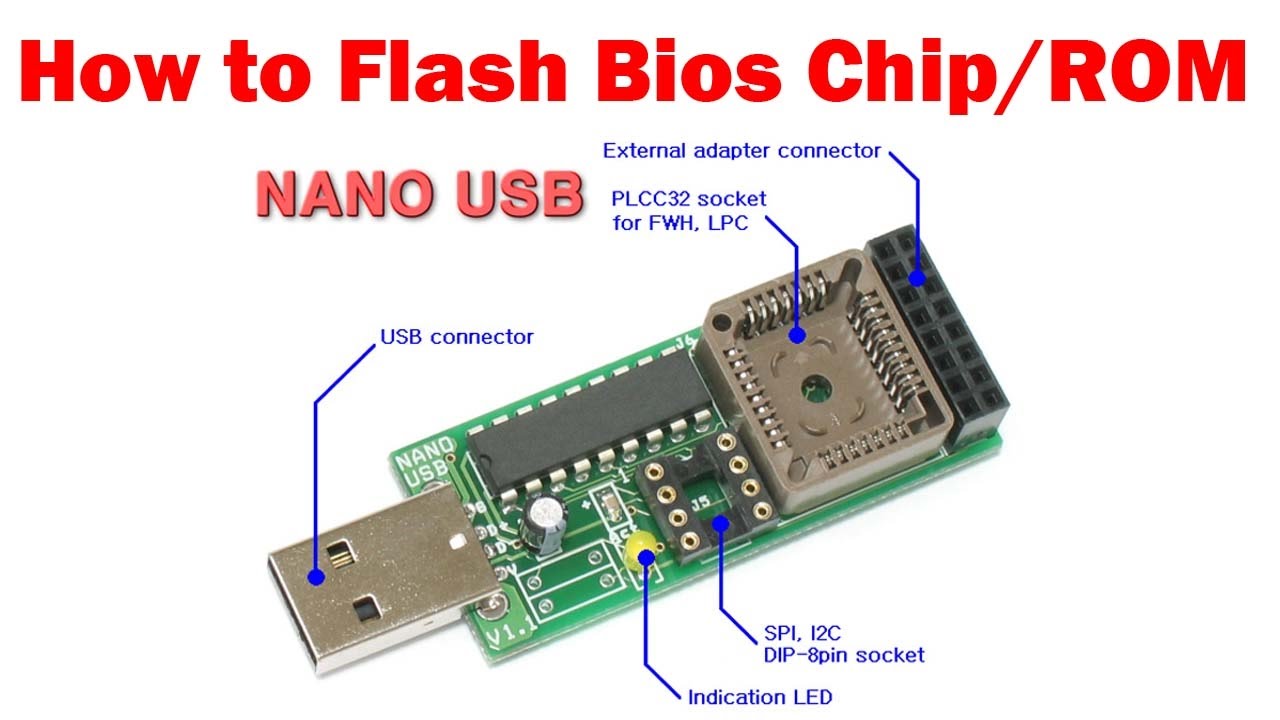
The internal protocol of the flash is fairly simple.We use the big brother of the part you're looking at to boot our FPGA boards (256M - 2G). Signal-wise, SPI looks a lot like JTAG, so any bit-bash type of cable should be able to be used provide the interface is open source. I have a SOIC to DIP socket on the breadboard to make it easy to program multiple chips. Contrary to some of the statements here, while there are some quirky SPI PROMs out there, there are also some standard instructions used by a large variety of SPI PROMs, including the one you've chosen.As vicatcu already mentioned, there are good 'bit-bash' cables available that can directly program SPI. While those are being transmitted, the Flash does not yet know what to Read, so it just returns four words of garbage.After those four words of garbage are returned, in order to get anything else in the Receive Buffer, you must Transmit an amount of data equal to the amount that you want to Read.
Programming 25q64fvsig bios spi code#
These four bytes of garbage correspond to the op code and three address bytes. If the Receive buffer overflow, data is usually just spilled and lost.So, when one sends a read command, which is a one byte op code and three address bytes, one will first receive four bytes of 'garbage' in the SPI Master Receive buffer. Similarly, any time one sends data out of the Transmit buffer, data will appear in the Receive Buffer.If one is not careful about balancing Transmit writes and Receive reads, one will not know what to expect in the Receive buffer. Also, one cannot receive any bytes, unless one transmits a byte.Typically, the SPI Master that the user is commanding, has a Transmit Buffer, which sends bytes out on the MOSI line of the SPI bus and a Receive Buffer, which receives bytes in from the MISO line of the SPI bus.In order for any data to appear in the Receive buffer, some data must have been sent out the Transmit Buffer. After CS has gone low) and before the write op code is transmitted, the write op code will usually be ignored.Also, what's not commonly explained in SPI Flash datasheets, because it's an inherent part of the SPI protocol, which is also critical, is that for every byte one transmits on the SPI bus, one receives a byte in return.


If there is activity between the CS transition (i.e. In particular, a transition from CS high to CS low must immediately precede the issuance of any Write operation op code (WREN, BE, SE, PP). The Chip Select pin is used to punctuate commands to the SPI Flash. Kind of late to the discussion, but for anyone reading it after a search.One thing I did not see mentioned, which is absolutely critical when programming SPI Flash chips is control of the Chip Select (CS) pin.


 0 kommentar(er)
0 kommentar(er)
